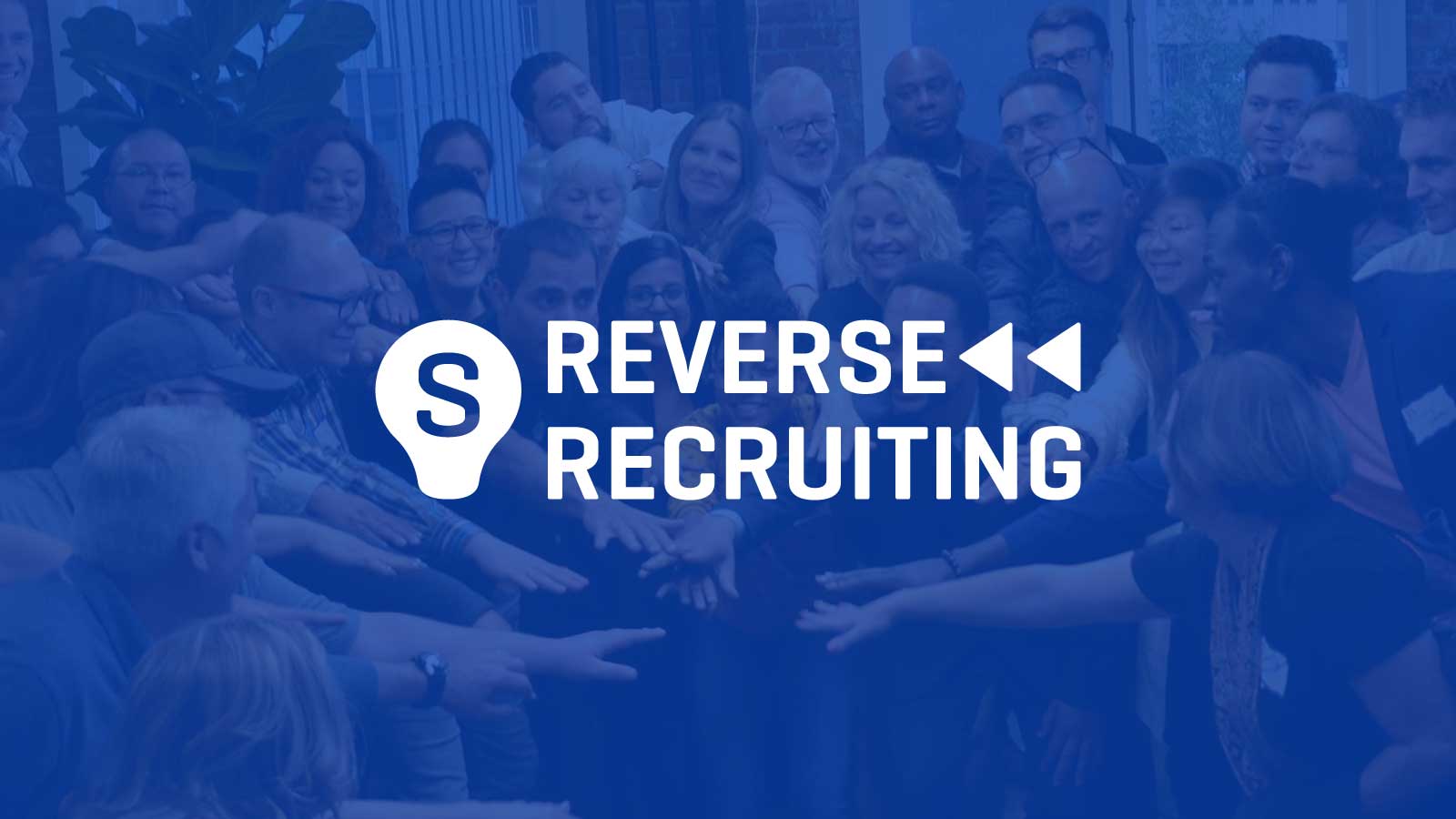From Passive to Proactive: Accepting Reverse Recruiting in Your Organization
From Passive to Proactive: Accepting Reverse Recruiting in Your Organization
Blog Article
Elevate Your Hiring Video Game With Strategic Reverse Hiring Approaches
As the landscape of employing evolves, companies are progressively turning to innovative strategies such as calculated reverse recruiting to get a competitive side in protecting top ability. This shift in frame of mind requires a thoughtful reconsideration of just how business come close to the working with procedure, focusing on attracting passive prospects instead than exclusively relying on energetic job seekers - reverse recruiting.
Recognizing Tactical Opposite Hiring
Tactically leveraging the principle of reverse recruiting can substantially enhance your company's talent procurement technique. By turning the conventional employment approach on its head, reverse recruiting entails proactively seeking and attracting easy candidates that might not be proactively seeking new possibilities. This proactive technique allows business to take advantage of a swimming pool of high-quality skill that might not come via traditional work postings alone.
Comprehending the details of tactical reverse recruiting is critical for its successful execution. It requires a deep understanding of the market landscape, rival evaluation, and the specific ability that remain in high need. reverse recruiting. By conducting extensive study and leveraging market understandings, organizations can identify and engage with top skill in an extra personalized and targeted manner

Benefits of Reverse Recruiting
Reverse recruiting supplies a distinct method to ability acquisition by proactively involving with easy candidates who might not be proactively seeking task possibilities. This method allows business to take advantage of a swimming pool of ability that conventional recruiting techniques could neglect. One of the vital advantages of reverse recruiting is the ability to target candidates that are currently used and satisfied in their existing roles. These individuals are usually top performers in their particular areas, bringing useful abilities and experience to the table.

Key Parts of Reverse Hiring
Having actually discovered the benefits of reverse recruiting in targeting top performers who are material in their present functions, it is crucial to understand the key components that make this strategy successful in attracting passive candidates. Passive candidates are frequently not actively seeking new chances, so having a positive credibility as an employer can stimulate their rate of interest.
One more essential element is customized outreach. Because passive candidates are not actively searching for jobs, generic employment messages are most likely to be forgotten. Customizing outreach initiatives to highlight exactly how the particular abilities and experiences of the prospect straighten with the business's requirements can dramatically increase the opportunities of getting their interest.
Moreover, promoting connections with easy candidates in time is vital. Frequently engaging with them through networking occasions, market conferences, or perhaps periodic check-ins can assist build relationship and depend on, making them much more receptive to potential job possibilities in the future. By integrating these key parts into reverse recruiting strategies, companies can efficiently attract and work with top ability from the pool of easy candidates.
Carrying Out Reverse Recruiting Methods

In addition, creating compelling company branding and showcasing a favorable company culture can aid attract passive prospects and urge them to consider new occupation opportunities. see this site Building a skill neighborhood or skill pipe can additionally be advantageous in nurturing partnerships with easy candidates in time, keeping them involved and curious about potential future roles within the organization. Generally, applying reverse recruiting strategies requires an aggressive and individualized method to ability acquisition, concentrating on developing meaningful connections with passive candidates to drive long-term directory recruitment success.
Determining Success in Reverse Recruiting
Efficient dimension of success in hiring approaches calls for a comprehensive evaluation of essential performance indicators and metrics to evaluate the impact and effectiveness of talent acquisition initiatives. In the context of reverse recruiting, details metrics can give beneficial understandings right into the efficiency and effectiveness of the method. One vital metric is the high quality of candidates engaged through reverse recruiting networks. By gauging the conversion price of passive candidates right into energetic applicants or hires, organizations can determine the effectiveness of their reverse recruiting campaigns.
Additionally, tracking the time-to-fill statistics for settings filled via reverse recruiting can use important information on the effectiveness of the process. A much shorter time-to-fill suggests that the strategy is bring in qualified prospects quickly. Keeping an eye on retention rates among prospects recruited via reverse methods can give understandings right into the long-lasting success of the strategy. High retention rates recommend that the candidates sourced with reverse recruiting are an excellent fit for the company, contributing positively to its total talent swimming pool. By analyzing these essential metrics, organizations can efficiently measure the success of their reverse recruiting initiatives and make educated decisions to enhance their ability acquisition methods.
Conclusion
In final thought, calculated reverse recruiting gives a distinct technique to working with that concentrates on attracting leading talent with positive interaction and relationship-building. By leveraging this approach, companies can obtain an one-upmanship in the talent market and improve their recruitment end results. It is crucial to comprehend the benefits, key elements, and methods click to read more of reverse recruiting to successfully apply and gauge success in this cutting-edge technique to working with.
Report this page